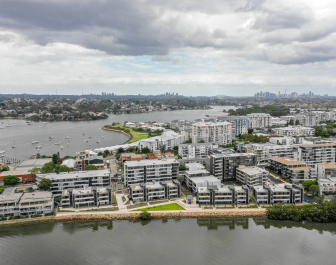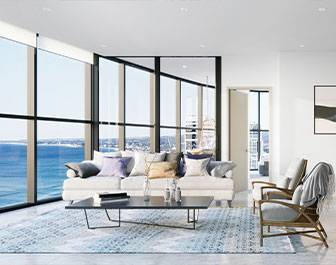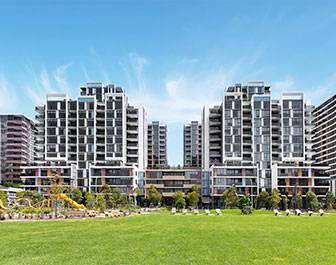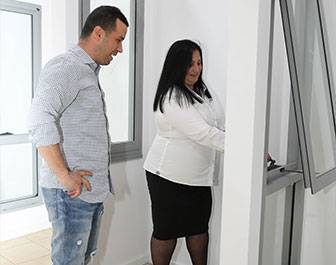- Architects
- Manufacturing
ManufacturingOur manufacturing process is designed to produce aluminum with high-quality properties and attributes. We use this premium material to produce a top-end product, created following rigorous quality assurance processes to uphold our values and reputation as leading aluminium suppliers.- Developers
DevelopersReliability, durability and aesthetic are at the core of a solid aluminium product. We understand the importance of these qualities to the value and long-term feasibility of a project. Our team works with all specialists involved in a development project to produce aluminium products that reflect and promise a valuable investment.- Home Owners
Home OwnersHomeowners need reliable modern solutions that can provide security, durability and accommodate their personal aesthetics.- About
AboutFounded and headquartered in Sydney, A-Tech Australia is one of the market leaders for innovative aluminium solutions. We are a global player in the industry and are continuously thriving for new material solutions and apprising our partners worldwide of the versatility and presentation of our windows, doors and facades.- Careers
- Contact
- Blog
- Aluminium windows: more energy efficient than you think
Aluminium windows: more energy efficient than you think
09 Sep 2019The term ‘energy efficiency’ is being used by many individuals and businesses nowadays. This can be attributed to a new-found love for the environment in a world where sustainability is the question.
In the building industry, when we are in conversation about energy efficiency, it is not only in regards to appliances and “green” initiatives but also through the acquisition and use of resources, materials and practices.
The term energy efficiency refers to using less energy without compromising quality or service.
Why do we need to be energy efficient? We are currently in danger of consuming an excess of the planet’s natural resources, destroying important habitats and polluting the air we need to breathe. This is why it is extremely crucial to manage and limit the growth in energy consumption to safeguard the planet, save habitats and make sure there is energy left for future generations.
With the rising power prices as well as the increased recognition of environmental impacts of generating electricity, many consumers are now investing in energy-efficient solutions throughout every aspect of their lives.
How can you implement energy-efficient solutions within your home or development? We have a simple answer for you.
Cooler in the summer and warmer in the winter. Energy-efficient aluminium windows are the solution (or one of).
Australia, here is how energy-efficient windows can help the environment
Within the home, you can be energy efficient in a variety of ways including the power used to light, heat and cool the house as well as the use of any electrical appliances.
“40% of household energy use comes from heating and cooling, while 21% comes from water heating” – Your Home Australian Government
After taking a look at the shocking figures, it can be seen that we need to step up and incorporate energy-efficient solutions within our homes.
A kickstart, we can place a focus on the windows we are using within our homes or developments.
They play a crucial role in heat loss and gain within the home. During the cold winter months, almost half of the heat loss can come from windows, while in the summer approximately 90% of heat gain can come from windows.
Energy-efficient aluminium windows are the solution to keeping your house warmer during winter months and cooler during the summer season.
However, when taking the time to select energy-efficient aluminium windows, it is important to consider a range of factors including:
- Design
- Glass
- Type
- Glazing
- Seals
Low-emission coatings for your windows, which are applied, reduce heat transfer. Numbers show these coatings can reduce energy loss by up to 50%, which adds up to massive savings throughout the year.’ – Beta View
Types of energy-efficient glass windows available in Australia
Type Benefit Toned Glass - Commonly known as ‘tinted glass’
- Restricts the entry of heat energy from the sun into the home/building
- Achieved through the material used ‘raw glass’ including metal oxides which restrict solar radiation
- This type of glass heats up and the heat it generates is released outside the building, keeping the space cooler
- Most beneficial for homes in warmer climates where heat needs to be kept out
Low-E Glass - Low-E stands for Low Emissivity, meaning minimal heat transfer
- This type of glass reduces heat entry and escape
- Useful in keeping the warmth in on cooler days and out on warmer days
- Perfect for a variety of locations where heat gain and loss are both a concern
Double Glazed (Insulated glass units) - Consist of two or more panes of glass sealed with an air space between each layer
- Provides insulation against heat loss and heat gain
- These windows can also incorporate toned or Low-E glass to make them more energy efficient
- The ultimate choice for mixed climates
Seals - Poorly sealed windows allow the warm air to come into the space and also escape
- This defeats the purpose of an energy-efficient window, which is why ensuring good seals are installed is crucial
Combine energy efficiency glass and aluminium – voila! The perfect window
Despite this, there is more to look out for than just glass when selecting window resources. It is important to analyse the entire window, including its frame and seal.
When selecting energy-efficient windows, you must look out for 2 things:
- U-Value: this measures heat transfer and heat loss. The lower the U-Value, the greater the insulation.
- SHGC: This stands for Solar Heat Gain Coefficient. This measures the amount of solar radiation that passes through the glass. Again, the lower the SHGC, the greater the insulation.
Quality aluminium frames can be considered as important factors when it comes to insulation in the home.
The composition of aluminium is important in terms of how quickly or slowly heat or cold enters or exits. This cycle is best measured through the U-Value.
A-Tech Australia ensures that during installation, heat is minimized by fixing an insulated seal between the glass and frame, without the compromise of the durability of the frame. This minimises the transfer of heat and cold between indoors and outdoors.
Although we have placed an emphasis on energy-efficient aluminium windows, these similar concepts also apply to doors used within your home. They are also a primary source of heat loss and gain. Choosing the right doors should also be a key consideration when planning your home design.
Selecting the right glass and design can help contribute to saving power and saving the environment. Double savings!
At A-Tech Australia, we have a range of energy-efficient aluminium windows that you can incorporate in any design, whether residential or commercial. Our variety of state-of-the-art products combine energy efficiency, style and quality.
We are here to help you become energy efficient! Have a chat to our team today on 1300 775 525.
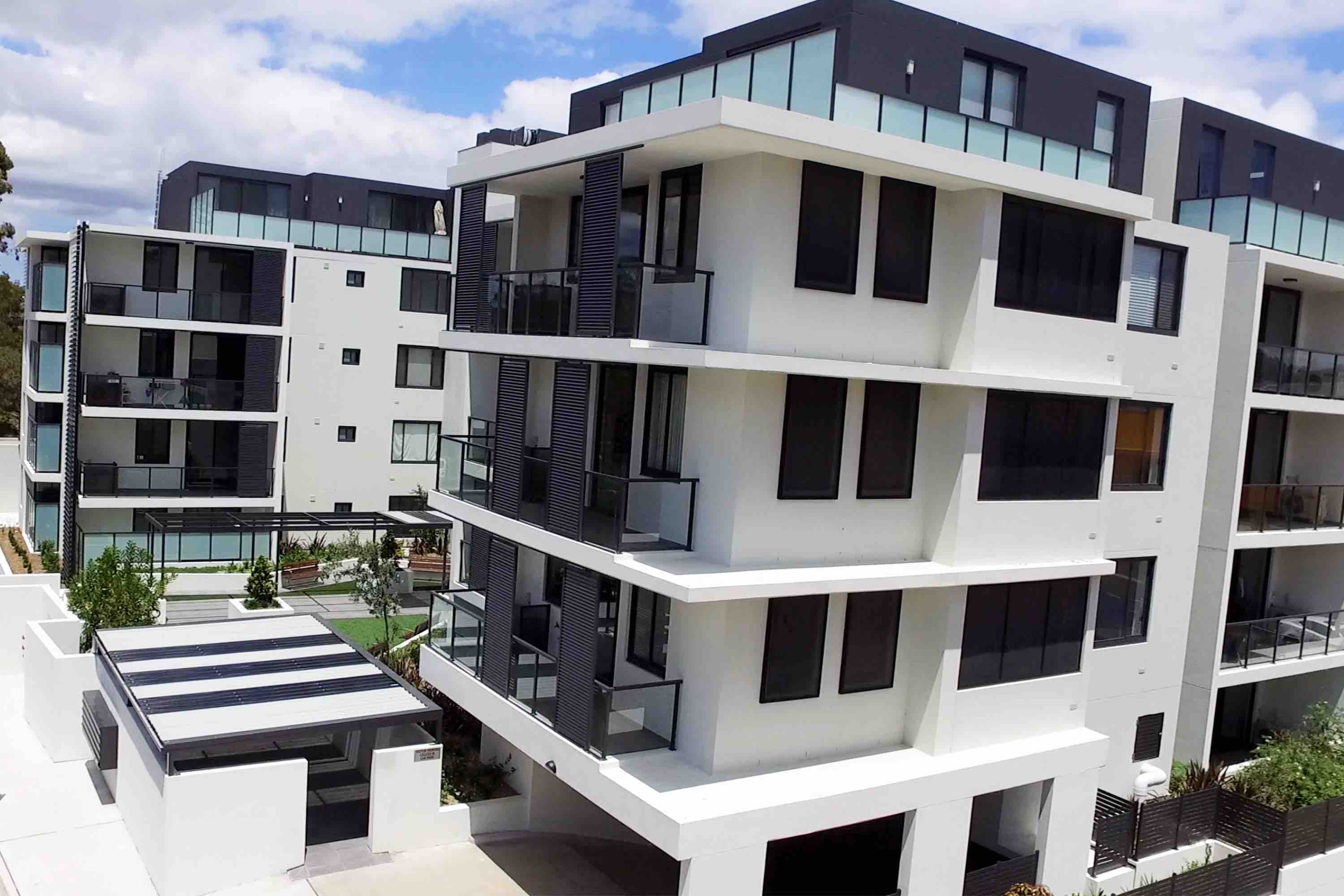 LocationAustraliasubscribeSign up to the latest news and insights from A-Tech Australia
LocationAustraliasubscribeSign up to the latest news and insights from A-Tech Australia - Manufacturing





